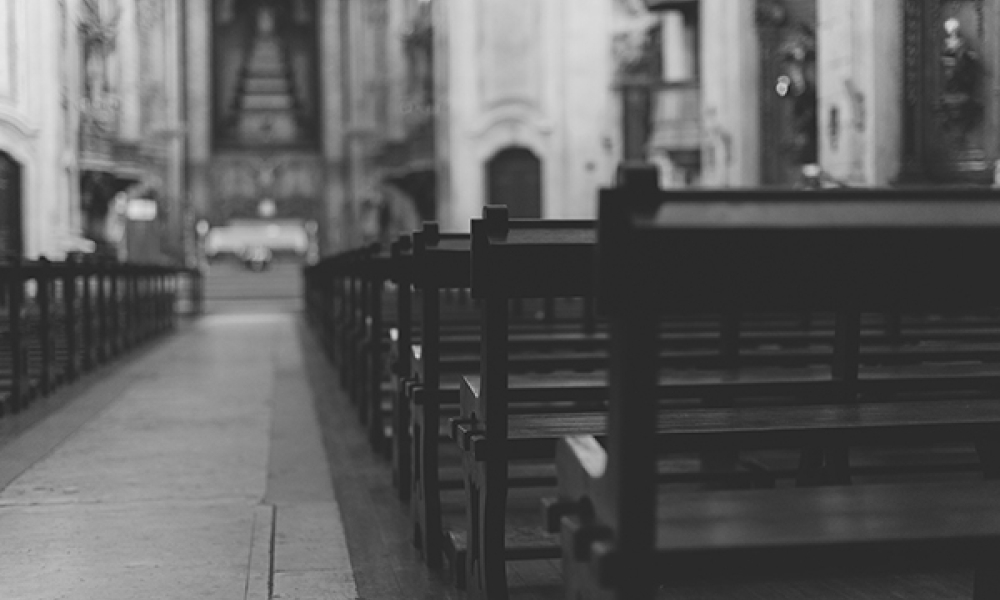
Communicate with the faithful, now more than ever
COVID-19 is having an impact on the entire world. It has affected the way we live and work — and even the way we worship. With people unable to participate in the Mass, they may be left feeling adrift from their faith and their spiritual lives. Now, more than ever, we need to remind them that they belong to the family of Jesus Christ and to the Church. Now is the most critical time for us to reach into parishioners’ homes in the most effective way we can — with Catholic content sent directly to them.
In their strategy, the Archdiocese of Vancouver pointed out something crucial that is true for every diocese. Diocesan influence with Catholics is mostly indirect rather than direct. What do they mean? Well, dioceses do not have direct influence on the Mass experience, the quality of the preaching or music. The parish does. Dioceses do not have direct influence on the Catholic education experience, or what small groups provide, or other apostolates. Again, that is mostly the parish, or other Catholic organizations. Dioceses certainly have indirect influence through all the myriad diocesan ministries that support these things. But, they do not directly control many of these things.
Where do dioceses have demonstrable direct influence and connection with Catholics? Diocesan communications.
With diocesan communications, there is no intermediary at the parochial level. Diocesan communications can keep Catholics connected with their Catholic faith. They provide more than news and information; they also provide formation and inspiration. During this crisis, what is most critical is that the diocese has the ability to provide the only source of Catholic content directly into parishioner homes.
Unless the diocese publishes and mails a periodical, CARA (The Center for Applied Research in the Apostolate) indicates that nine out of 10 Catholics will have no Catholic content in their homes. Though most Catholics are on social media, CARA reports that only 4% of Catholics follow anything Catholic on Facebook. Only 4% ever go to a diocesan website. Only 5% listen to Catholic radio and only 7% of Catholics regularly watch Catholic television. The religious nonprofit marketing association says that religious email has an average open rate of only 18%. The only way for Catholic content to get into every Catholic home is for the diocese to publish and mail a periodical.
In the United States, 57 dioceses mail their publication to every Catholic home. When a diocese invests in communicating directly with parishioners, they provide the air cover that parishes need. Publications will help people reconnect with their parishes once the crisis is over. They can pave the way for Catholics to re-enter into the life of the Church, return to Mass, to school, to those small groups and apostolates. Catholic content in a diocesan publication reminds people that the Church’s great work of prayer is still going on: that their priests continue to offer Mass for them, that those in consecrated life continue to pray for their physical and spiritual health, and that all of us are united in our desire to come together again and be able to receive Christ in the Eucharist.
